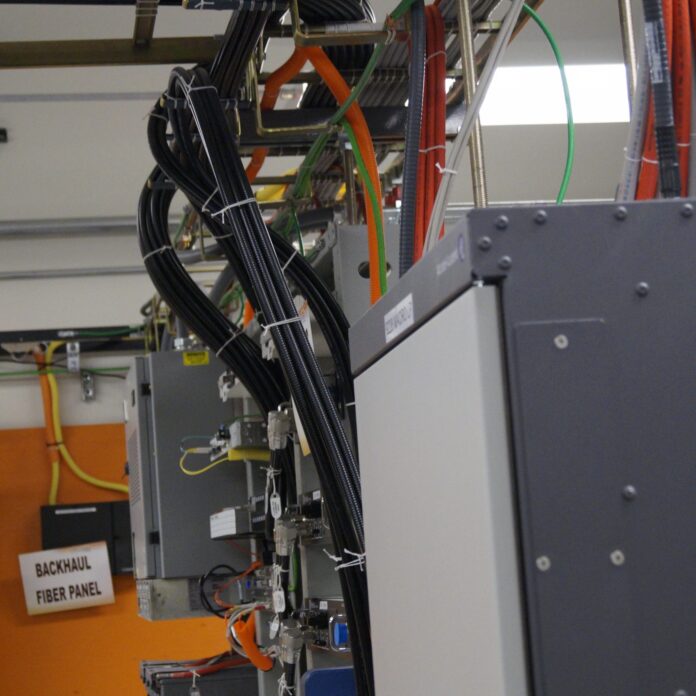Distributed antenna systems (DAS) are often the reason that we can make mobile phone calls inside airports and sports arenas, or on crowded downtown streets. Mobile operators distribute capacity throughout crowded venues and connect antennas back to a centralized headend to process signal and connect to the network.
Supplying operators with DAS antennas and cables has become a multi-billion business, but that business is changing now that most of the largest venues in North America have distributed antenna systems. Office buildings and apartment complexes also want better cell service, but the carriers are less willing to invest here.
“The right DAS product for the enterprise is very different than the DAS networks deployed for operators,” said analyst Joe Madden of Mobile Experts. “New DAS options are simple, low cost, and integrated with signal sources to make the process easy for the building owners and operators.”
Three trends are driving down the costs of DAS equipment: converged infrastructure, centralized headends, and multi-purpose antenna designs.
Converged infrastructure can support both wireless and wireline connectivity, reducing the cost and footprint of a distributed antenna system. Examples include Corning’s fiber-based ONE platform and CommScope’s ION-E, based on structured cabling. Fiber can carry signals for much greater distances without degradation, but structured cabling can be less expensive because on-premise IT technicians may already know how to install it, or it may already be installed in the building.
Centralized headends can bring together baseband equipment for more than one system, and if fiber is available they can be located several kilometers from the remote units, on less expensive real estate.
“If you can move the headend room away to some cheaper part of the city and run fiber back to each of the buildings that you want to connect, and have all of the signaling equipment from the operators in that one building, that’s essentially a baseband hotel or a form of C-RAN,” and analyst Earl of EJL Wireless. Lum said that Verizon Wireless will use a remote headend architecture like this to cover the Super Bowl in 2017.
Multi-purpose antennas can save time and money in outdoor deployments. These often require zoning and regulatory approvals. Local authorities will approve the antenna’s form factor, and often one approval can serve for multiple installations. Vendors have an advantage when they can adapt one form factor to several RF configurations.
“If you think you’re going to need multiple types of antennas to cover a region it would be nice if you could go to the zoning board with one form factor and receive zoning approval for that form factor, and then once that’s approved you could use that form factor for different internal configurations,” explained David Wittwer, CTO of antenna-maker Galtronics.
At this time, most outdoor deployments are still funded by the wireless carriers. But as more enterprises and building owners become customers for DAS equipment, they may also start to place antennas outside their buildings in heavily-trafficked areas.

